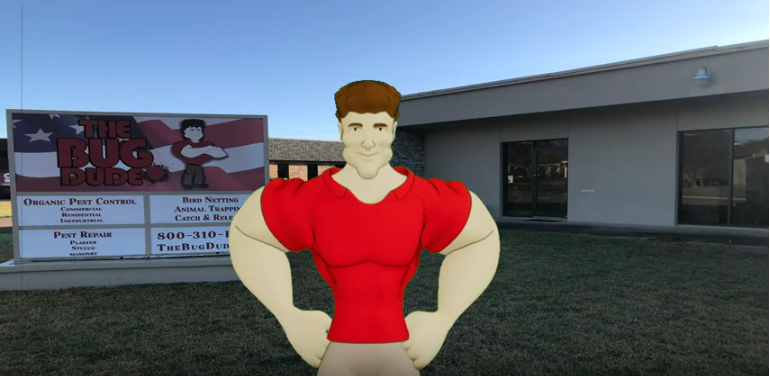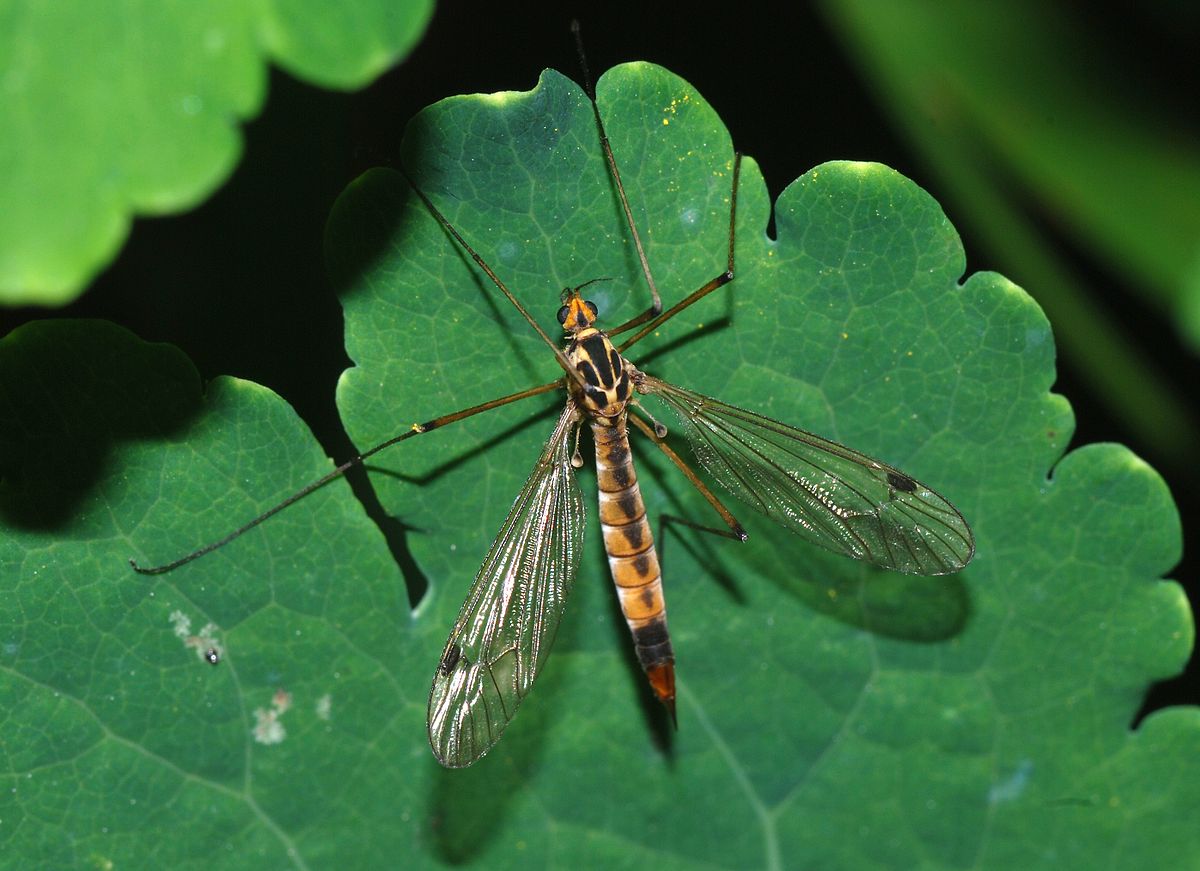There’s a saying that “everything is bigger in Texas,” and it generally holds true, from the size of the trucks we drive to the size of the pests that lurk in our homes. So it’s no wonder that when you see an insect that looks like a giant mosquito with long, spindly legs, your first reaction would be to assume it’s a Texas-sized mosquito. After all, these pests seem to be just as annoying as their smaller counterpart, constantly invading your space and making it impossible to relax when they are around.
But if you pay attention to these ungainly insects you would quickly realize that they don’t bite, and if you asked around about them you might hear them called “mosquito hawks,” a moniker that implies that the insect is indeed a predator of the hated mosquito. It may then seem tempting to endure the annoyance of these pests at your next outdoor event if it meant a reduction in the mosquito population. Unfortunately, as you would quickly find out, this nickname is little more than wishful thinking, as adult crane flies are not predators (of mosquitoes or anything else). This doesn’t mean, however, that crane flies can’t make themselves into a stress-inducing nuisance, especially in the late winter and early spring when the adults are most active.
Picture this: it’s a beautiful March evening, the air has just the right amount of crispness to it as you come home from work and walk up to your front door where you are greeted by several large, awkward insects flying lazily in your path. You’re familiar enough with them to know that they won’t hurt you, so you breeze past them and into your home, not even realizing that you brought several crane flies in alongside you. The sun is beginning to set so you get right to work starting to cook dinner; you’re keeping it simple tonight: spaghetti and meatballs. As the water for the pasta begins to warm up you notice an insect clumsily hovering around the kitchen floor. You roll your eyes and continue dinner prep. A few minutes later, that same insect is now eye-level and heading straight for the light above your stove. You flick it away with the wave of your wrist and grab the pasta to throw it into the water, sighing under your breath as you hear the crane fly make a light clinking sound as it bumps its way along the stove hood. Now that the pasta is in the water you turn your attention to the insect just in time to see it hit the stove light bulb and come crashing down into your simmering spaghetti sauce, its long legs sinking down slowly into what was supposed to be dinner. With a huff, you toss the bug-laden sauce and begin again. As you slide the new pot of sauce onto the burner you catch another crane fly invading your kitchen space. After a moment, you out-maneuver the bug and catch it, releasing it a moment later out your sliding door. Then, just as you turn back to your food, you watch, horror-struck, as another crane fly bounces its way to the stove light and falls, this time into the boiling water with its nearly-cooked pasta. And, as if in spite, as you stare down at the bubbling water which has now fully consumed the insect, another one flies into the wall next to you, grazing your cheek on its way and making you jump. This propels you into action, hunting down each crane fly that managed to find its way indoors. When the house is finally free from these pests you head back to the kitchen and for the third time tonight, you begin dinner prep, all the while on high alert for any sign of flying pests. A little while later, after food has been served and enjoyed, you hear a soft clink and see yet another crane fly bumbling around; with the evening’s stress pouring over you smash the insect and grumble that you are calling pest control in the morning before you go insane.
But what exactly are crane flies and what can you do to keep them from adding unnecessary stress to your life?
What do crane flies look like?
Crane flies are a large fly with a narrow body about one inch long, six spindly legs which can be twice the length of the body, and two long, slender wings; overall, they look like a large mosquito on stilts. They are generally black, red, or yellow depending on the species.
Are crane flies dangerous?
Adult crane flies are completely harmless; in fact, many species don’t eat anything at all as adults, and the species that do feed rely solely on nectar for their meals.
When are crane flies active?
You are most likely to see active adult crane flies in Texas in late winter and early spring, just before mosquito season hits. Large populations are likely to emerge around a particularly wet winter/spring.
Should I be concerned if I see a lot of crane flies?
Fortunately, the crane flies most often found in Texas are not one of the species known for damaging turfgrass larvae. Unfortunately, that doesn’t make the adult crane flies buzzing and bouncing around your home any less troublesome to your peace of mind. It is no small feat to fall asleep, cook a meal, or just relax with these large insects disrupting the sanctuary of your home.
What can I do to prevent crane flies?
The best thing to do to prevent a crane fly issue is to keep good care of your lawn by practicing good irrigation habits, including not over-watering, and to remove any excess debris in your yard; this will make your yard less hospitable for crane fly larvae.
How can I get rid of crane flies?
If you are being inundated with these oversized insects, don’t prolong the headache and suffering, call to get a pest control technician out to your home to help you create and enact a plan to eliminate the pests.
With the first official day of spring just around the corner, expect to see hoards of adult crane flies emerging and taking to the wind, invariably finding themselves at your front door, and then as an uninvited and unwanted occupant of your home. And as with any pest, early detection and treatment is key to controlling the issue and keeping your stress levels down
(And yes, that crane fly scenario did actually happen to me, and I do consider them my most aggravating nuisance pest in Texas)
Additional References:
“‘Mosquito Hawks’ in Your House?” – Karey Windbiel-Rojas (& Andrew Mason Sutherland) – Pests in the Urban Landscape
“Mosquito Hawk? Skeeter Eater? Giant Mosquito? No, No, and No” – Leslie Mertz – Entomology Today
“Crane flies, not mosquitoes” – Mike Merchant – Texas A&M AgriLife Extension
Author Bio: Alissa Breach has been gaining knowledge and experience around pest control concerns over the last 10 years while working for Mid-Cities Pest Control. She has a creative writing BA from UW-Madison and is always pursuing new and interesting writing projects.







